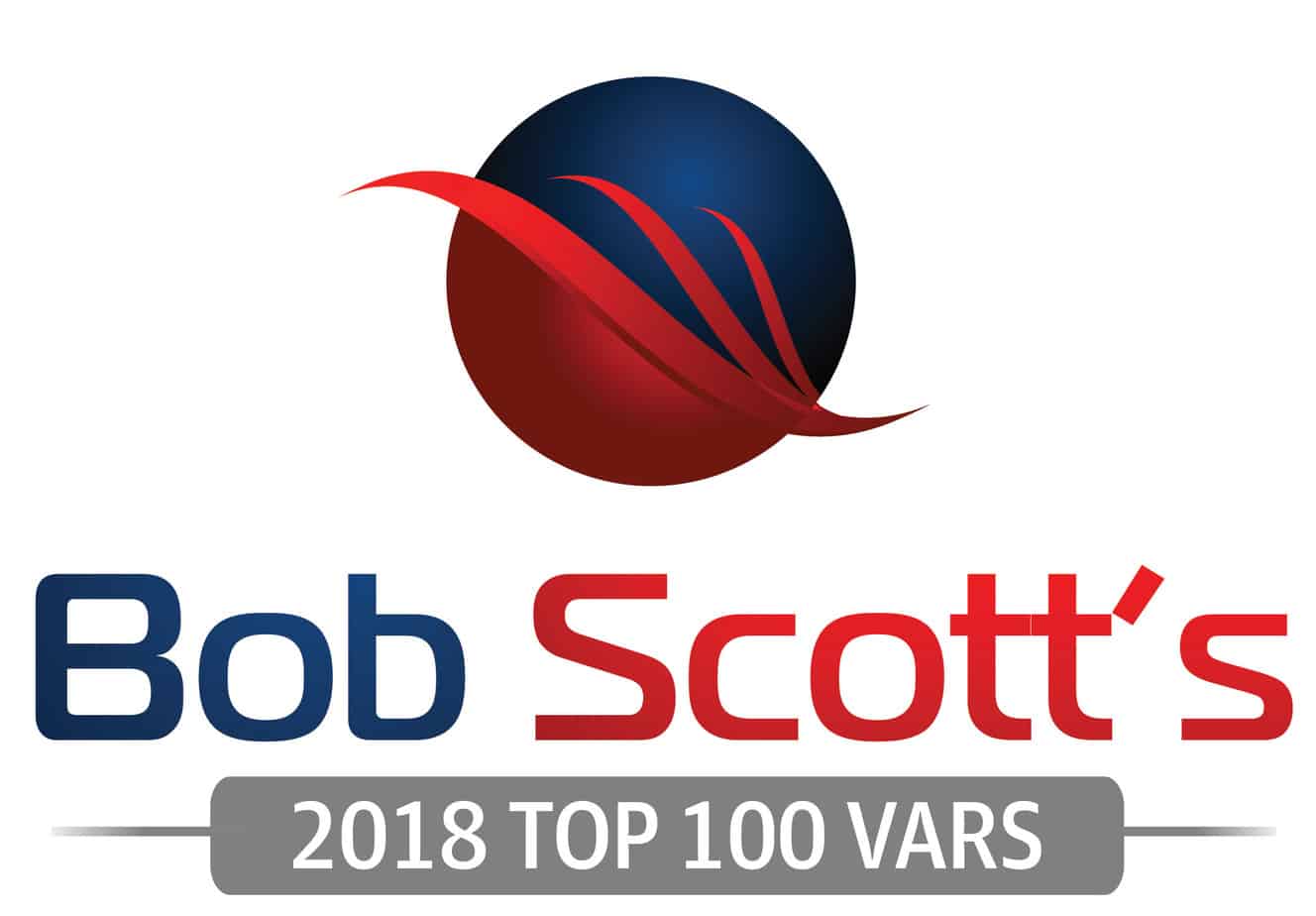How business intelligence bolsters accounting workflows

As important as accounting processes may be to virtually every industry, the workflows can be highly tedious. These tasks involve compiling, analyzing, quantifying and qualifying massive amounts of data so it can be better understood and put to use. Data preparation alone, according to Gartner, can take up the majority of the time and costs devoted to a single project.
Business intelligence has revolutionized accounting workflows, thanks to the advancement of calculation, computerization and categorization technologies. At its core, BI is an umbrella term, used to describe the various processes that help transform hard data into something that’s readily actionable, leverageable and discernible. Small business owners – or virtually any professional charged with making key decisions – then use this actionable information to gather insight and ensure that the choices made are informed ones grounded in accuracy. Business intelligence software – such as Microsoft Power BI – serves as the platform through which these next-generation accounting procedures take place. In short, BI represents the future of accounting workflows – only the future is now.
Here are just a few of the ways in which business intelligence software can augment – or perhaps even replace – your accounting processes and thereby bolster your bottom line.
Saves time
When business owners tie up resources into one task, it may prevent another all-important task from receiving the same level of care and attention. Traditional accounting isn’t exactly expeditious, mainly because there are so many elements to it (e.g. data collection, input, assessment, organization, computation, etc.).
Business intelligence solutions, like Microsoft Power BI, streamline these multi-part workflows so that they’re more compact through the power of automation and real-time data entry. As noted by Accounting Today, business intelligence software solutions can quickly and seamlessly pull data from wherever its warehoused so it can be processed and repackaged in a more visual, readily understandable way. These visuals may include scatterplots, pie charts, bar graphs and more. Less manual computation and compilation can help businesses achieve results more quickly by reassigning resources.
Readily accessible
Legacy accounting workflows are hamstrung by where data is stored. On-premise software seemingly has certain inherent security advantages, but they take up space and restrict the freedom of movement that cloud-based systems leverage.
BI software utilizes the cloud to not only store data but to also retrieve information from other silos, thus giving accounting professionals the “anytime, anywhere” aspect to analysis that on-premise servers can’t replicate, as noted in the Journal of Accountancy. This allows for real-time monitoring so the latest information available can be procured and computed, thus turning drab data into something that’s more actionable and easily understood.
Recognizes and helps better illustrate trendlines
Whether in terms of sales, production, maintenance tasks or customer satisfaction, trends are intrinsic to virtually any industry, from accounting to zoology. Analytics assist with recognizing when these patterns present themselves over time, in effect serving as the bridge to rational, more well-informed decision-making. BI software synthesizes multiple pieces of information so trends – if they indeed exist – can be recognized and acted upon. For example, if sales have slowed or volume has diminished, BI software aggregates large amounts of data so it tells more of a story as to how patterns in performance or behaviors came about. These reports can then be customized and shared to the appropriate parties so trends – if negative – don’t go unanswered.
Improves accuracy
Many legacy accounting platforms, such as spreadsheets, are highly usable and leveraged in many different capacities; they just need added refinement to ensure computations are accurate. BI is the vehicle through which accounting improvements become realized. Through the power of artificial intelligence, data is retrieved and computed in mere seconds, thereby reducing user input error, an inherent vulnerability of manual data entry. People aren’t perfect, but business intelligence software – in terms of accuracy – is as close to flawless as it gets.
Makes predictions
Frequently, the best indicator of future events can come from reviewing the past. BI software is able to comb through vast repositories of stored data to pinpoint trends, then provide graphical predictions about what may happen moving forward if history is any guide. Executives can use these outlooks to more effectively evaluate key performance indicators before they’re reached. For retailers as an example, forecastable data may provide insight into customer behaviors toward certain products, sales promotions or purchase venues (e.g. online versus in-store), which can guide business decisions and practices. No outcome is for certain, but BI can serve as the added direction execs need to delegate or assign resources.
Where Microsoft Power BI can help
Microsoft Power BI is business intelligence redefined. Whether you’re in IT, engineering, manufacturing or other industry that relies on numbers to inform business decisions, Power BI connects hundreds of sources of data with ease. From Hewlett Packard to Rolls Royce, Kraft Heinz to the Seattle Seahawks, franchises and major corporate entities have leveraged the power of Power BI to achieve desired performance results.
Microsoft Power BI is the software platform in which the worlds of data compilation and up-to-the-minute technological innovation collide. Its signature features include:
- Multi-source data retrieval taps into over 90 storage silos – cloud-based or on-premises.
- Seamlessly synthesizes copious amounts of dataflows in conjunction with Power Query, thereby supplanting laborious data preparation and computational work processes.
- Classic, intuitive Microsoft interface allows for ease of usage through traditional point-and-click data selection and modeling.
- Centralized security and privacy controls, affording administrators the ability to select who gets to see what and when.
- Real-time usage monitoring that further enhances security by flagging logins the moment they occur.
- Built-in governance that allows for stronger, more reliable compliance adherence.
- Integrates with other Microsoft software programs, apps and tools for 360-degree connected platform innovation, including Flow, PowerApps and Office 365.
- On-premise compatibility makes data transfer to the cloud virtually effortless.
To turn your accounting workflows into an unparalleled performance powerhouse, trust Microsoft Power BI. Please contact The TM Group to learn more about this and other cloud-based platforms. We have the solutions and take legacy systems to the next level through enterprise resource planning software, which enhances dexterity and business productivity. Whether your industry is automotive or professional services, The TM Group can help you accomplish your short- and long-term performance goals.


